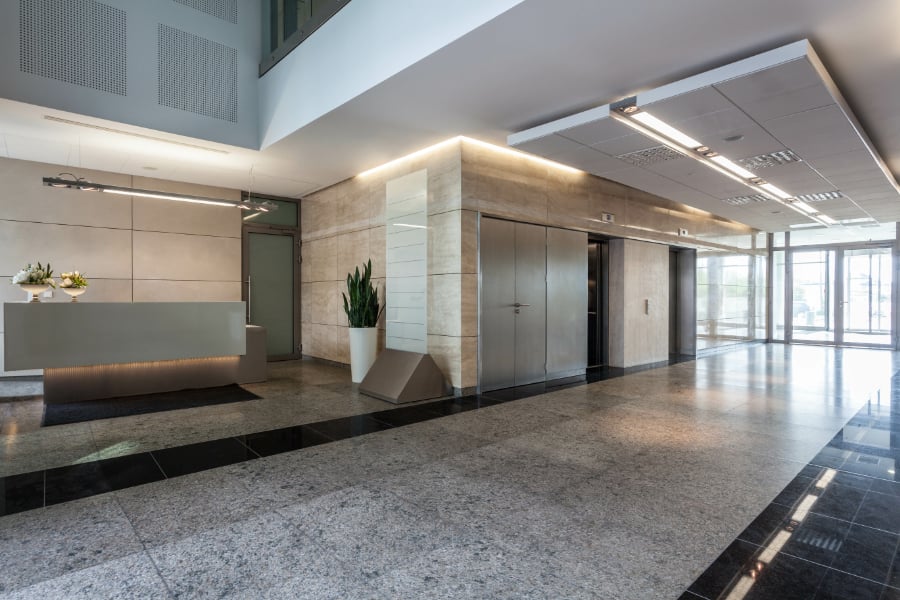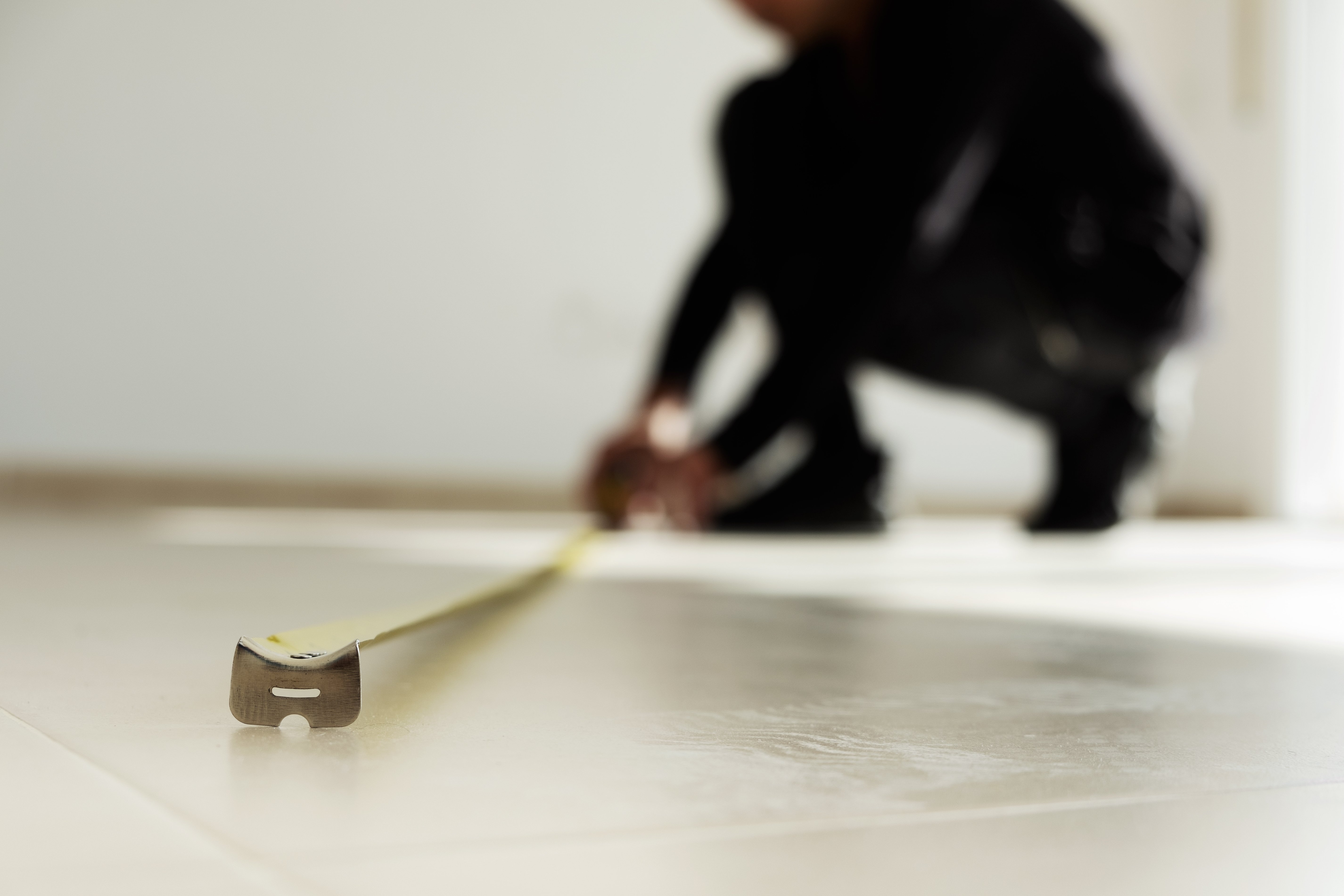Common area maintenance fees, or CAM, are featured in many leases and are a substantial cost for many businesses. As a result, it's important that you thoroughly understand what CAM is and what you can do to ensure that you're paying only your fair share. Read on to learn the key facts about CAM.

Common Area Maintenance Fees Defined
Common area maintenance fees are assessed to cover the costs of maintaining shared areas within a building. Common areas include things like lobbies, elevators, hallways, public restrooms, parking lots and security areas.
How CAM Is Calculated
To calculate CAM, landlords or their property managers first perform estimates of what the overall total common area maintenance costs will be for the upcoming year. In addition, your rentable square footage is divided by the gross leasable square footage of the building. The two figures are then multiplied.
The Danger of Hidden Costs
At the end of the year, the landlord or their property manager will compare the actual common area maintenance costs to the projected costs. Any shortages will be passed on to tenants. As a result, you could find yourself owing a lump sum payment.
Determining What's Covered in CAM
What landlords include in common area maintenance fee calculations can vary from lease to lease. For most businesses, common area lighting, water for irrigation, landscaping and parking lot maintenance are generally included. For companies renting office space, sidewalks, driveways, stormwater, electric, janitorial services, management salaries and fees, sewage, window washing and stairwell maintenance are generally included. Retailers should expect to see loading dock and delivery area costs added to their CAM. Generally, capital improvements to buildings should not be rolled into the common area maintenance fee calculations.
Operating Expenses Beyond CAM
Keep in mind that CAM fees are not the only operating costs that your company will be responsible to pay. Landlords may also pass a portion of the property taxes and building insurance onto your company. In addition, you may have to cover the costs of utilities for your office, retail or industrial space.
Controlling Costs
Although CAM fees are largely fixed, there are some steps that you can take to limit the cost, including:
1. Double Check the Math
Calculation errors can occur, making it important that you take the time to crunch the numbers on your own.
2. Inquire About What Constitutes a Common Area
Ask the landlord to provide a detailed list of what is included in the common areas. Be on the lookout for any spaces that are not actually shared or that are inaccessible to your company.
3. Measure if Necessary
Having an architect conduct measurements of shared areas can help to spot areas where landlords may have padded figures. If you suspect that the common area square footage may be incorrect, paying for the services of an architect could save you money in the future.

4. Request Periodic Audits
Auditing CAM expenses periodically ensures that you are only paying for actual maintenance and that no errors have been made.
Here are a few other articles to check out:
What to Know About Parking Ratios
Commercial Leasing Due Diligence Guide
Avoid Signing a Bad Commercial Lease
Subscribe to our blog for more leasing tips!







